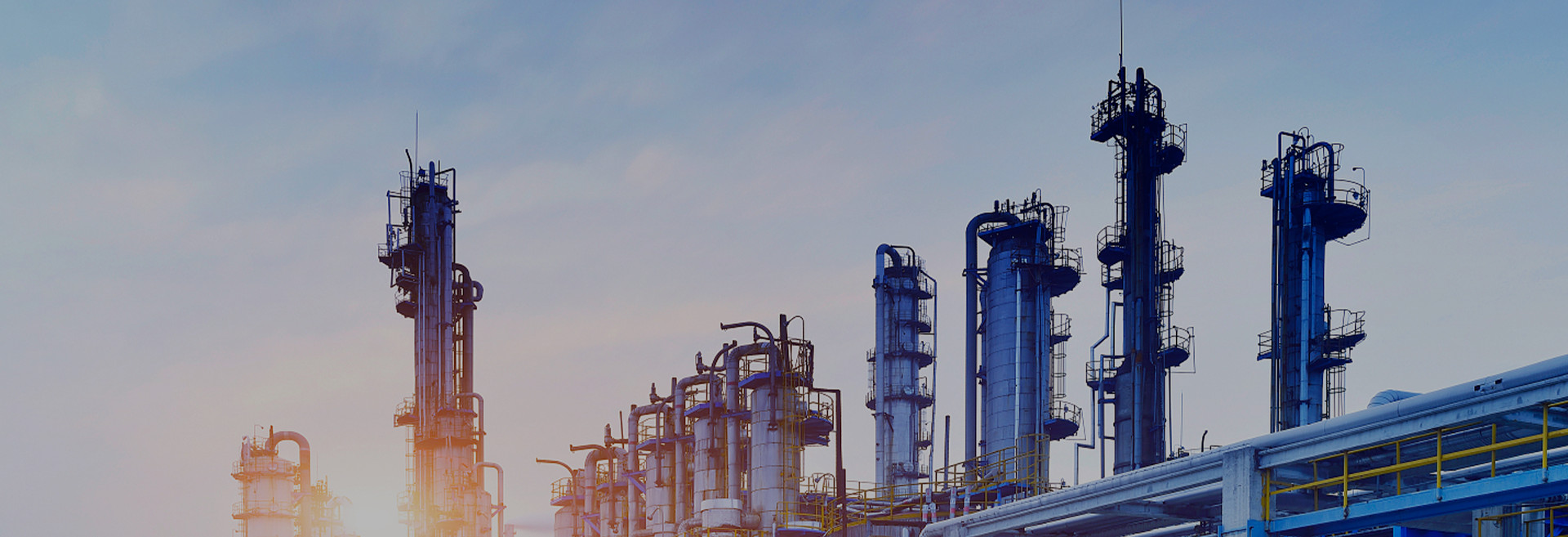Despite their advantages, incorporating excimer laser gases comes with some inherent technical challenges requiring careful engineering controls and safety measures:
Toxicity – The reactive halogen gases like fluorine and chlorine have acute toxicities requiring gas handling systems and scrubbers.
- Corrosiveness – Excimer gas mixtures are extremely corrosive to common metals and materials necessitating specialized equipment.
- Reactivity – Side reactions can produce explosive, toxic, or corrosive by-products that must be prevented.
- Short lifetime – The transient excimer molecules decay rapidly limiting the laser pulse duration.
- Depletion – Noble gas atoms and halogen molecules are consumed during operation requiring sealed replenishing systems.
- Cryogenics – Maintaining gases at cryogenic temperatures demands complex and costly refrigeration equipment.
- Oxidation – Impurities like water vapor or oxygen must be kept below parts per million to avoid performance loss.
- Cost – The pure noble gases and halogen gases along with precision equipment result in high costs.
With proper safety protocols, gas recycling, and advanced engineering controls, the hazards and difficulties of excimer laser gases can be mitigated to fully utilize their unique and valuable ultraviolet lasing capabilities.
Post time: Sep-08-2023

